

Articles
How To Store Dried Flowers For Later Use
Modified: January 6, 2024
Discover helpful articles on how to properly store and preserve dried flowers for future use. Learn essential tips and techniques to maintain their vibrant colors and delicate beauty.
(Many of the links in this article redirect to a specific reviewed product. Your purchase of these products through affiliate links helps to generate commission for Storables.com, at no extra cost. Learn more)
Introduction
Flowers are not just beautiful to look at; they also hold sentimental value and can evoke memories and emotions. Many people enjoy preserving the beauty of flowers by drying them, a process that allows the blooms to be admired long after they have wilted. Whether you have grown your own flowers or received a special bouquet, learning how to properly store dried flowers will ensure their longevity and beauty.
Drying flowers is a time-honored technique that has been used for centuries. It not only allows you to preserve the color and shape of the flowers but also extends their lifespan so that they can be enjoyed for years to come. However, to maintain the appearance and fragrance of dried flowers, it is crucial to store them correctly.
In this article, we will explore the various techniques for drying flowers and provide you with valuable tips on preparing and storing dried flowers to maintain their vibrancy and form. By following these guidelines, you can be confident that your dried flowers will stay in pristine condition and be ready for any future use.
Key Takeaways:
- Preserve the beauty of dried flowers by choosing the right drying technique, preparing them for storage, and creating a suitable storage environment. Proper packing, labeling, and regular maintenance are essential for long-lasting beauty.
- Selecting the right storage containers, avoiding direct sunlight, and monitoring for mold or pests are crucial for maintaining the vibrancy and fragrance of dried flowers. With proper care, dried flowers can be cherished for years to come.
Read more: How To Store Dry Flowers
Choosing the Right Drying Technique
When it comes to drying flowers, there are several methods to choose from. The three most common techniques are air drying, silica gel drying, and pressing. Each method has its own advantages and is suitable for different types of flowers.
Air Drying: Air drying is the simplest and most traditional method of drying flowers. It involves hanging the flowers upside down in a dry and well-ventilated area. This technique works well for flowers with sturdy stems, such as roses, lavender, and sunflowers. The key to successful air drying is selecting flowers that are still in good condition and free from any signs of wilting or damage. To air dry flowers, gather them into small bunches and secure the stems with a rubber band or string. Hang the bunches upside down in a cool, dark place, such as a closet or attic, where they will not be exposed to direct sunlight. Leave the flowers to dry for several weeks until they are crisp and brittle to the touch.
Silica Gel Drying: Another popular method for drying flowers is using silica gel. Silica gel is a desiccant that absorbs moisture, making it an excellent drying agent. This method is ideal for delicate flowers that have a high water content, such as hydrangeas, daisies, and baby’s breath. To use silica gel, start by filling a container with a layer of silica gel crystals. Gently place the flowers on top of the crystals and carefully pour more silica gel over the flowers, ensuring that all petals and nooks are covered. Seal the container with a lid and leave it undisturbed for several days. The silica gel will gradually extract the moisture from the flowers, preserving their color and shape.
Pressing: Pressing is a popular method for drying flowers that allows you to preserve their beauty in a flattened form. This technique is commonly used for delicate flowers with thin petals, like pansies, violets, and ferns. To press flowers, place them between two sheets of absorbent paper or in a flower press and apply gentle pressure. You can place heavy books or even use a flower press specifically designed for this purpose. Leave the flowers to press for several weeks, checking periodically to ensure they are drying evenly. Once fully dried, the pressed flowers can be used for various crafts and decorative purposes.
Choosing the right drying technique will depend on the type of flowers you have and the end result you desire. Whether you opt for air drying, silica gel drying, or pressing, ensure that you follow the specific guidelines for each method to achieve the best results.
Preparing Dried Flowers for Storage
Once your flowers have been dried using your chosen method, it is important to take certain steps to prepare them for storage. Proper preparation will help maintain the quality and appearance of the dried flowers over time.
Removing Excess Moisture: Even after the drying process, there may still be residual moisture present in the flowers. To ensure that your dried flowers are completely dry before storage, gently pat them with a clean cloth or paper towel to remove any excess moisture. Avoid using any liquid-based substances, as they can cause the petals to become damp again. The goal is to have the flowers as dry as possible to prevent mold or rotting during storage.
Handling and Cleaning Tips: When handling dried flowers, it is important to do so with care. The delicate petals can easily break or crumble. Hold the flowers from the base of the stem or use tweezers if necessary. Avoid touching the petals, as natural oils from your fingers can transfer onto the flowers and affect their appearance. If you notice any dust or debris on the flowers, gently remove it using a soft brush or a can of compressed air set on a low setting. Be gentle to avoid damaging the petals or foliage.
Treating with a Flower Sealant: For added protection, consider treating your dried flowers with a flower sealant. Flower sealants are available in spray or liquid form and help to preserve the color and shape of the flowers while also providing a barrier against moisture and insects. Before applying the sealant, make sure the flowers are completely dry and follow the instructions on the product packaging for best results. Apply the sealant in a well-ventilated area and allow the flowers to dry completely after application before moving on to the storage process.
By properly preparing your dried flowers for storage, you can ensure their longevity and maintain their beauty for extended periods of time. Taking these steps will help protect the flowers from any potential damage and keep them looking vibrant and fresh whenever you decide to use them.
Choosing Storage Containers
When it comes to storing dried flowers, selecting the right containers is essential to preserve their color, shape, and fragrance. The containers you choose should provide protection against dust, light, moisture, and pests. Here are some tips to help you choose the appropriate storage containers for your dried flowers:
Materials to Avoid: First and foremost, it is important to avoid containers made of materials that can retain moisture or emit harmful chemicals. Avoid using plastic bags or containers made of plastic, as they can trap moisture and lead to mold or mildew growth. Additionally, containers made of metal or wood can introduce moisture and may not provide proper airflow.
Ideal Container Options: Glass jars with airtight lids are an ideal choice for storing dried flowers. They provide a clear view of the flowers while keeping them protected from dust and moisture. Mason jars are a popular option, as they come in various sizes and are widely available. You can also use glass or acrylic display cases with lids, which allow you to showcase your dried flowers while keeping them safe from external elements.
If you prefer a more decorative option, consider using shadow boxes or glass domes that can be placed on shelves or tabletops. These containers not only provide protection but also add a touch of elegance and charm to your dried flower displays.
When selecting storage containers, ensure that they are clean and free from any residue or odors that could transfer onto the dried flowers. It is also a good idea to line the containers with acid-free tissue or paper to provide additional cushioning and prevent any sticking or damage to the blooms.
Remember to choose containers that are appropriately sized for your dried flowers. Avoid overcrowding the flowers, as this can cause them to become flattened or damaged. Leave enough space for the flowers to breathe and maintain their original shape.
By selecting the right storage containers, you can protect your dried flowers from external factors and keep them in pristine condition for years to come. The proper containers will not only preserve the beauty of the flowers but also enhance your overall storage and display experience.
Creating a Suitable Storage Environment
Proper storage of dried flowers goes beyond choosing the right containers. It also involves creating an environment that protects the flowers from potential damage caused by sunlight, moisture, and extreme temperature fluctuations. Here are some key factors to consider when creating a suitable storage environment for your dried flowers:
Avoiding Direct Sunlight and Moisture: Exposure to direct sunlight can cause the colors of dried flowers to fade over time. It is important to store them in a location away from windows or any areas with direct sunlight. Additionally, moisture can cause mold growth and deterioration of the flowers. Avoid storing dried flowers in humid areas such as bathrooms or basements. Instead, choose a cool, dark, and dry location to preserve their quality.
Maintaining Optimal Temperature and Humidity Levels: Dried flowers are best stored in an environment with consistent temperature and humidity levels. Extreme temperature fluctuations can cause the flowers to become brittle or discolored. Aim for a temperature range of 60-75°F (15-24°C) and a humidity level of 40-50%. If the humidity in your home is higher, consider using a dehumidifier in the storage area to maintain ideal conditions.
It is also important to avoid storing dried flowers near sources of heat or moisture, such as radiators, vents, or kitchen appliances. These can create fluctuations in temperature and humidity, which can adversely affect the flowers.
If you live in a particularly humid climate, consider using silica gel packets or packets of dried rice to absorb excess moisture in the storage containers. These can help maintain the optimal humidity level for your dried flowers.
By paying attention to these environmental factors, you can ensure that your stored dried flowers remain in excellent condition and retain their beauty and fragrance over an extended period of time. Creating a suitable storage environment will help preserve the delicate nature of the dried flowers and allow you to enjoy their presence for years to come.
Store dried flowers in a cool, dry place away from direct sunlight to maintain their color and shape. Consider using airtight containers or resealable bags to prevent moisture and dust from damaging the flowers.
Read more: How To Store Dried Hibiscus Flowers
Proper Packing Techniques for Dried Flowers
When it comes to storing dried flowers, proper packing is crucial to prevent damage and ensure their longevity. Here are some essential techniques to consider when packing your dried flowers:
Layering and Cushioning Strategies: When placing dried flowers in storage containers, it is important to layer and cushion them properly to prevent breakage or damage. Start by placing a layer of acid-free tissue or soft, breathable material at the bottom of the container. This will offer a cushioning effect and protect the delicate petals. Next, arrange the dried flowers gently, ensuring that they are not overcrowded and have enough space to maintain their shape. Place another layer of tissue on top of the first layer of flowers and continue to layer and cushion as needed.
Preventing Damage and Shifting: To prevent damage and shifting of the dried flowers during storage, it is essential to secure them in place. If using a glass jar or container with a lid, make sure the lid fits tightly to prevent the flowers from moving. You can also add a layer of tissue or cotton on top of the flowers to provide an extra cushion and prevent any shifting during handling. For larger arrangements, consider using foam or specialized floral foam to secure the stems in place. This will help maintain the shape and integrity of the bouquet.
When packing multiple containers or arranging dried flowers in boxes, ensure that there is minimal movement between the containers. Use dividers or partitions to keep the containers separate and prevent any collisions or shifting. If transporting or moving the packed containers, handle them with care to avoid any jostling or impact that could damage the flowers.
Additionally, labeling the containers can be helpful for easy identification and retrieval when needed. Label the containers with the flower types, color, and any other pertinent information to make organizing and accessing your stored dried flowers a breeze.
By employing proper packing techniques, you can extend the lifespan of your dried flowers and keep them in optimal condition. These techniques will help protect the delicate petals and prevent any damage or shifting during storage, ensuring that your dried flowers remain intact and beautiful for years to come.
Labeling and Organizing
When storing dried flowers, proper labeling and organizing are essential for easy identification and retrieval. By clearly labeling your stored flowers and organizing them strategically, you can quickly access specific varieties and create visually appealing displays. Here are some tips for labeling and organizing your dried flowers:
Clearly Identifying Flower Types: Labeling your dried flowers with their specific flower types is important for easy identification. Use small tags or labels that can be attached to the stems or containers. Write the name of the flower, such as roses, lavender, or daisies, along with any specific variety or sub-category if applicable. This will help you quickly locate specific flowers when you need them and avoid the need to open multiple containers to find a particular variety.
Sorting by Color, Size, or Season: Sorting and organizing dried flowers by color, size, or season can be aesthetically pleasing and facilitate easy selection for specific occasions or projects. For color-based organization, group together flowers of similar shades or arrange them in a gradient pattern. This allows you to create visually stunning arrangements by selecting flowers from the same color family. Sorting by size can also be beneficial, especially when creating bouquets or crafts that require flowers of similar dimensions. Finally, organizing based on the season when the flowers were harvested can help you plan and create displays that reflect the beauty and atmosphere of each season. This sorting method allows you to easily access flowers that are most suitable for particular times of the year.
Consider using storage boxes or containers with dividers to keep different types or categories of dried flowers separate. This will help maintain organization and prevent the mixing of different varieties. Alternatively, you can use clear plastic bags or zip-lock bags labeled with the flower type and category, and group them together in larger storage containers. This method allows for easy visibility and keeps the flowers well-organized.
By labeling and organizing your dried flowers, you can quickly identify and access the specific varieties you need for various projects, occasions, or simply to enjoy their beauty. Whether you sort based on flower type, color, size, or season, having an organized storage system will make it easier to create stunning displays and maximize the use of your dried flowers.
Monitoring and Regular Maintenance
To ensure the long-term preservation and quality of your dried flowers, it is important to regularly monitor and perform maintenance on them. This will help you catch any issues early on and take the necessary steps to address them. Here are some key aspects to consider when monitoring and maintaining your dried flowers:
Checking for Mold or Pest Infestations: Regularly inspect your dried flowers for any signs of mold or pest infestations. Mold can develop in humid or damp environments and can quickly spread to nearby flowers, causing discoloration and decay. Look for any fuzzy or discolored patches on the petals or foliage, and if you notice any signs of mold, remove the affected flowers immediately. Additionally, check for any signs of pests such as insects or their eggs. Common culprits include mites, moths, or beetles. If you detect any infestations, take appropriate measures to eliminate the pests, such as using natural repellents or consulting with a professional if necessary.
Replacing or Refreshing Bouquets: Over time, dried flowers may lose their vibrant colors and become brittle or faded. To keep your displays looking fresh and appealing, consider replacing or refreshing bouquets periodically. This can involve removing any flowers that have deteriorated or lost their aesthetic appeal and replacing them with new dried flowers. Depending on the arrangement, you may also want to trim or adjust the stems for a neater and more polished appearance. Refreshing bouquets not only maintains the visual appeal of the dried flowers but also allows you to experiment with different combinations and create new artistic arrangements.
Regular maintenance also includes keeping the storage containers clean and free from dust or debris. Wipe the containers periodically with a clean cloth or tissue to prevent any buildup that could transfer onto the flowers. It is important to handle and clean the containers with care to avoid any damage to the dried flowers.
By monitoring your dried flowers regularly and performing necessary maintenance, you can prolong their lifespan and keep them looking their best. Regular inspections, addressing mold or pest issues, and refreshing bouquets will ensure that your dried flowers continue to bring beauty and joy to your space.
Conclusion
Storing dried flowers properly helps to preserve their beauty, fragrance, and sentimental value for years to come. By following the techniques and tips outlined in this article, you can ensure that your dried flowers remain in excellent condition and ready for any future use or display.
Choosing the right drying technique, whether it’s air drying, silica gel drying, or pressing, is the first step in preserving the flowers’ color, shape, and fragrance. Preparing the dried flowers for storage includes removing excess moisture, handling them with care, and considering the use of a flower sealant for added protection.
When it comes to storage containers, opt for materials that do not trap moisture, such as glass jars or acrylic cases with airtight lids. Creating a suitable storage environment involves keeping the dried flowers away from direct sunlight and maintaining optimal temperature and humidity levels within the storage area.
Proper packing techniques, such as layering the flowers and preventing shifting or damage, are crucial to maintain the integrity of the dried flowers. Labeling and organizing the stored flowers based on flower types, colors, sizes, or seasons allows for easy identification and selection when needed.
Regular monitoring and maintenance ensure that the dried flowers remain free from mold or pest infestations. Checking for signs of mold or pests and replacing or refreshing bouquets as needed will keep the dried flowers looking fresh and vibrant.
In conclusion, storing dried flowers requires attention to detail and proper care. With the techniques and guidelines provided in this article, you can ensure that your dried flowers remain a cherished possession, bringing beauty and joy to any setting. So, embrace the art of storing dried flowers and appreciate their everlasting beauty for years to come.
Frequently Asked Questions about How To Store Dried Flowers For Later Use
Was this page helpful?
At Storables.com, we guarantee accurate and reliable information. Our content, validated by Expert Board Contributors, is crafted following stringent Editorial Policies. We're committed to providing you with well-researched, expert-backed insights for all your informational needs.

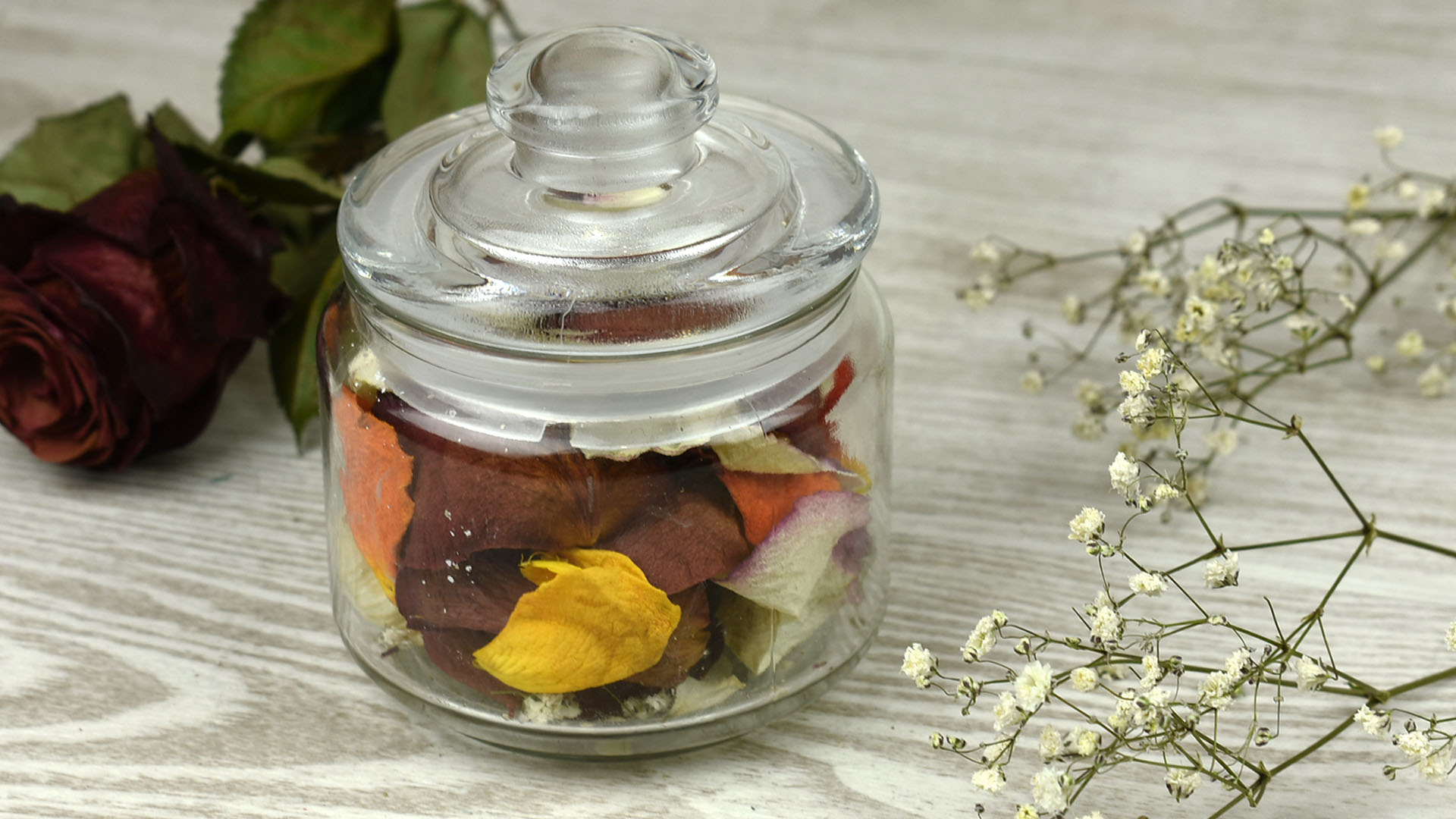
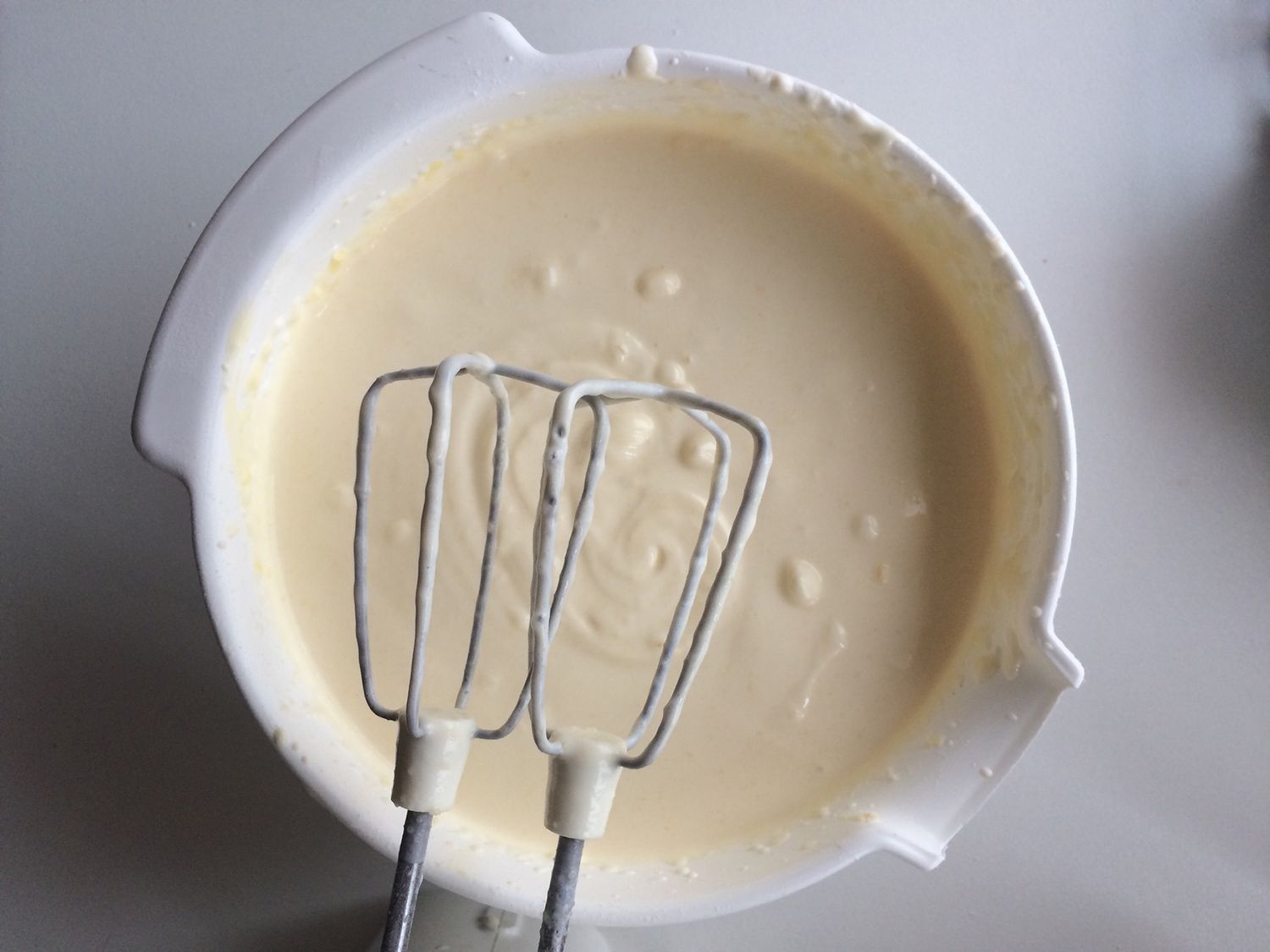
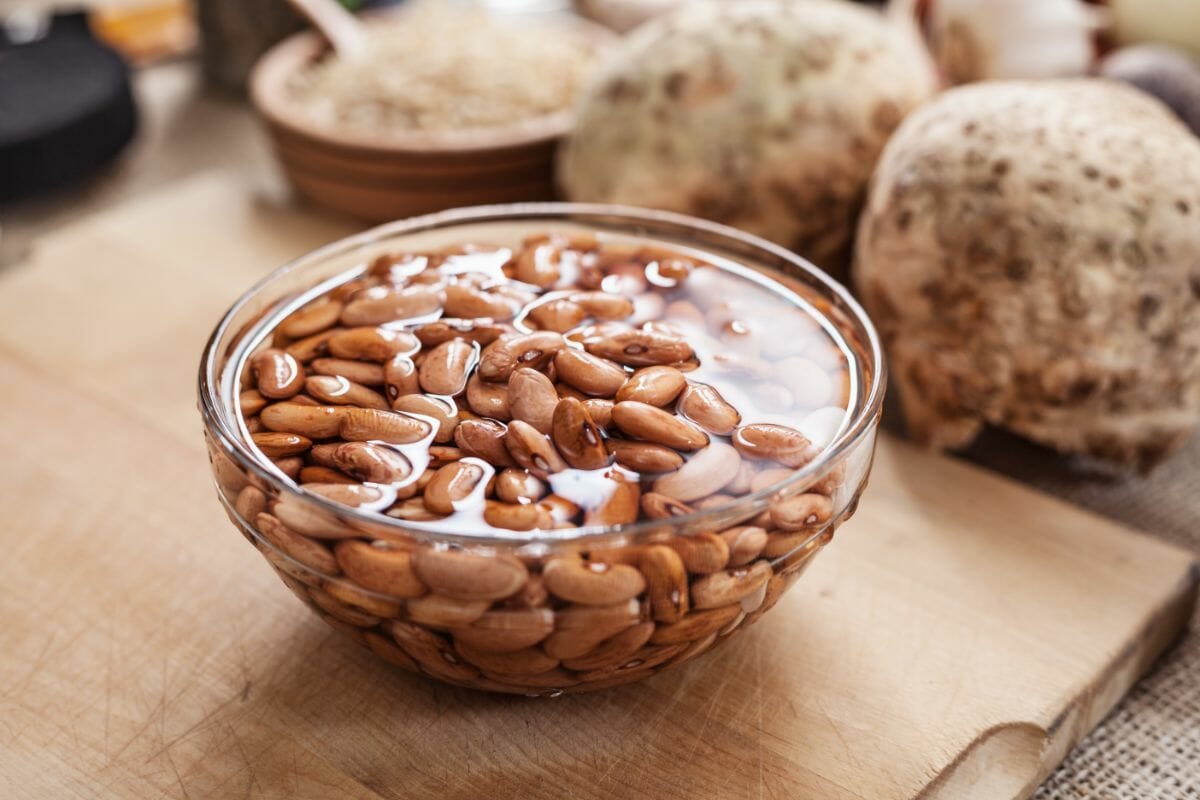

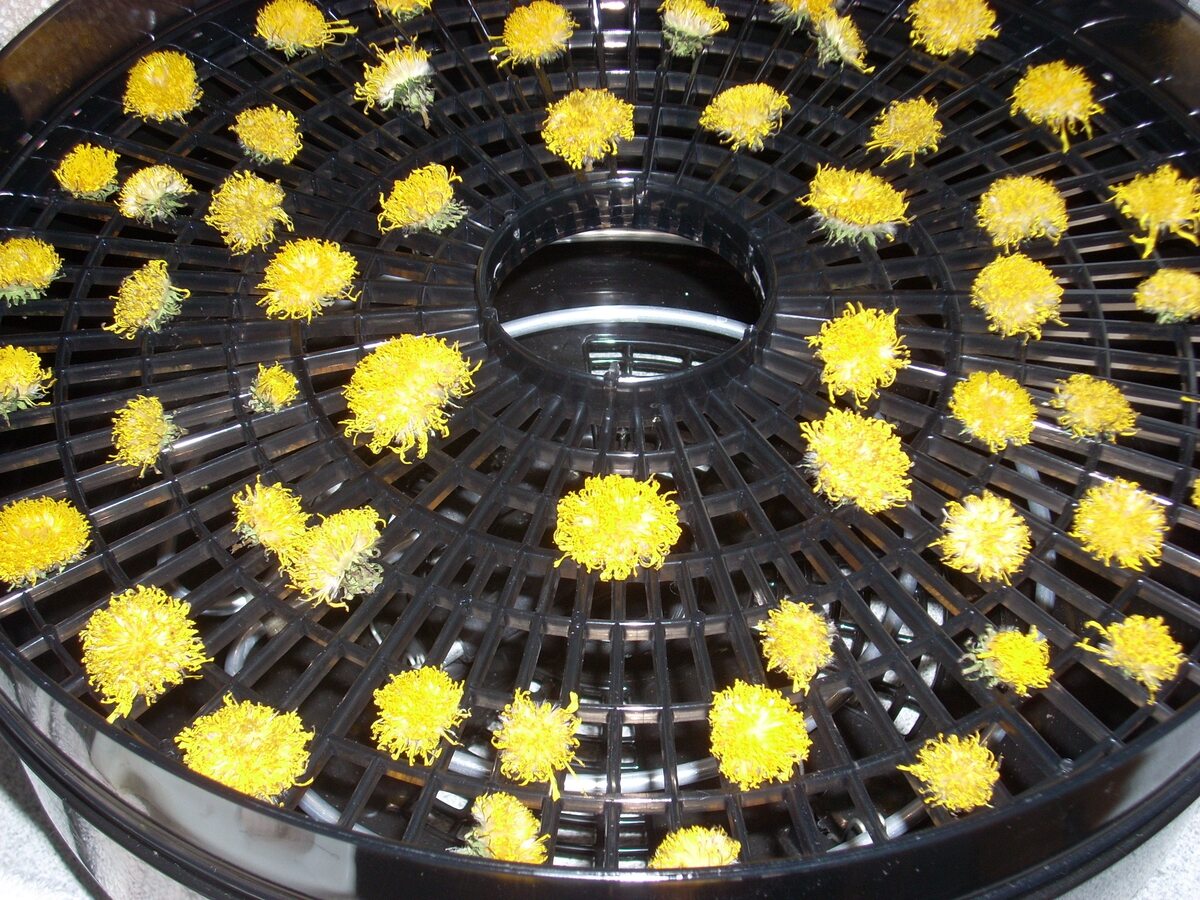

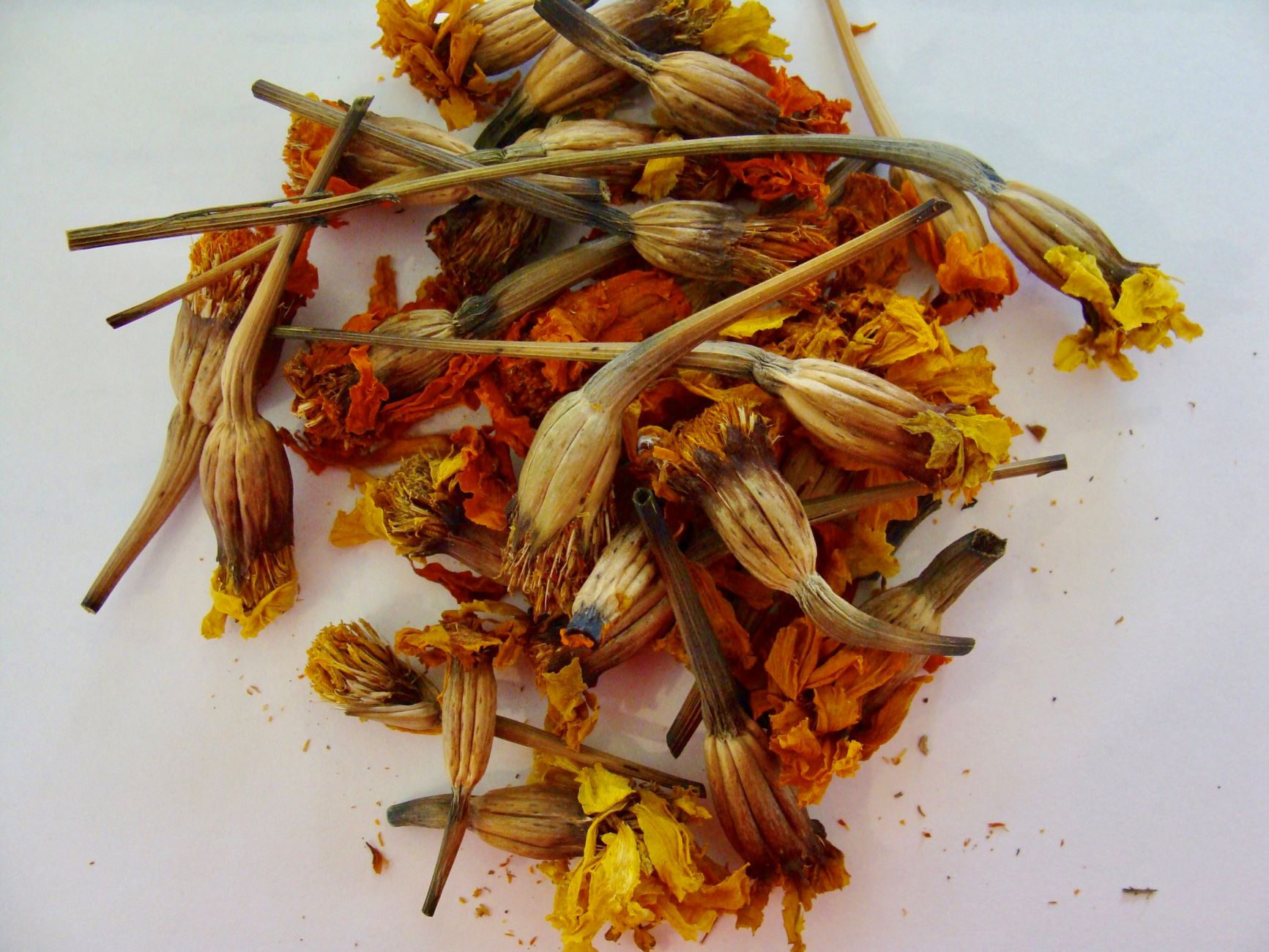
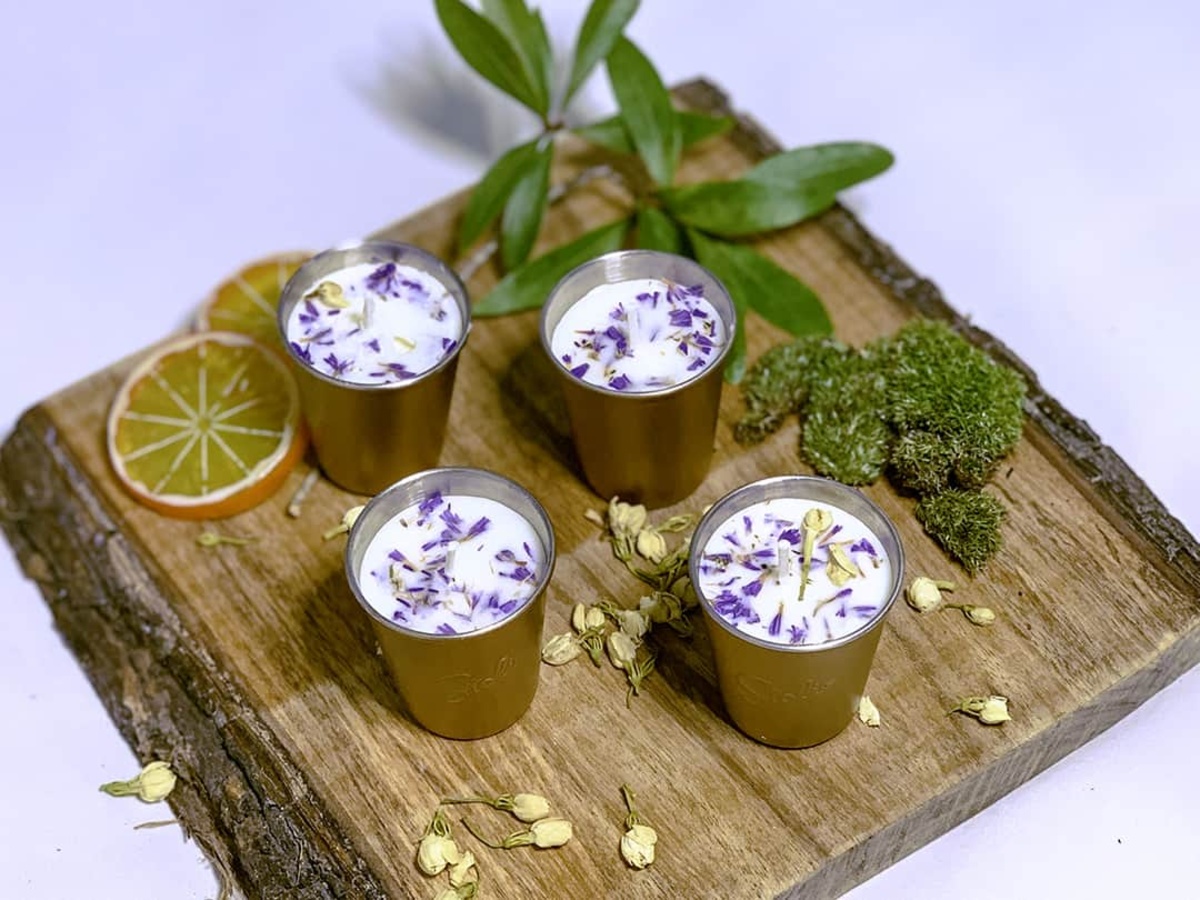
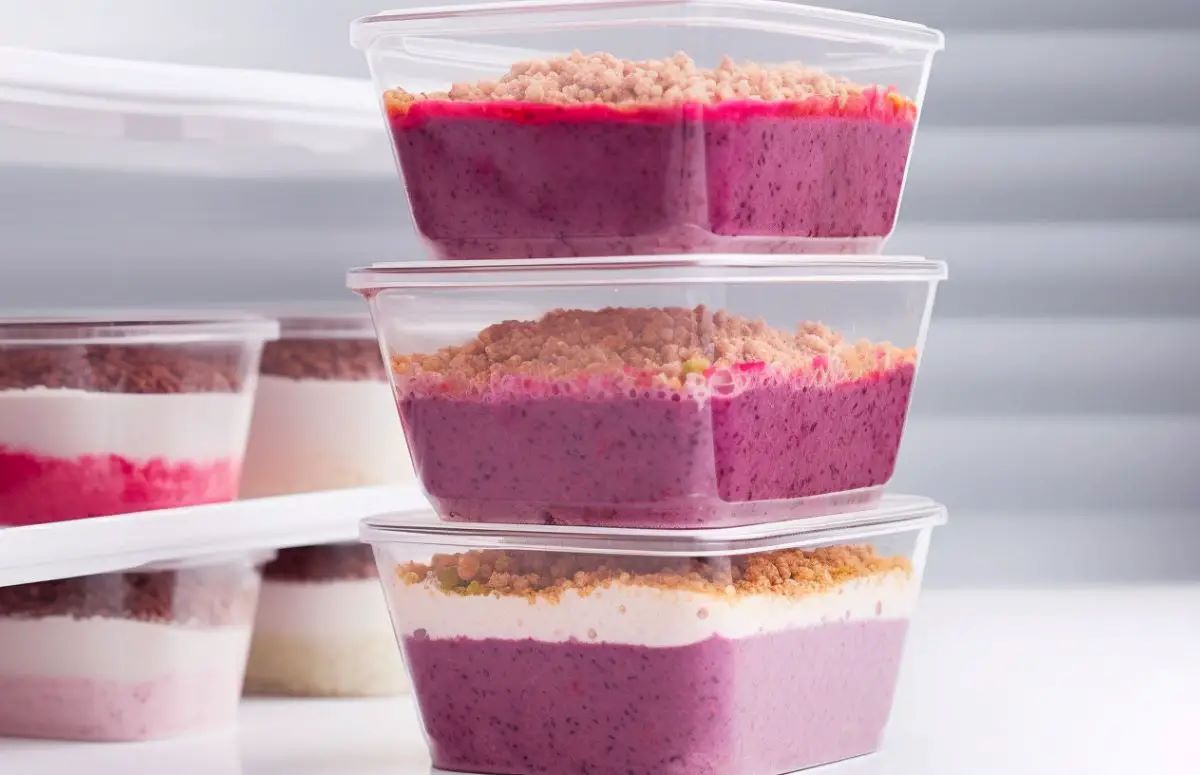
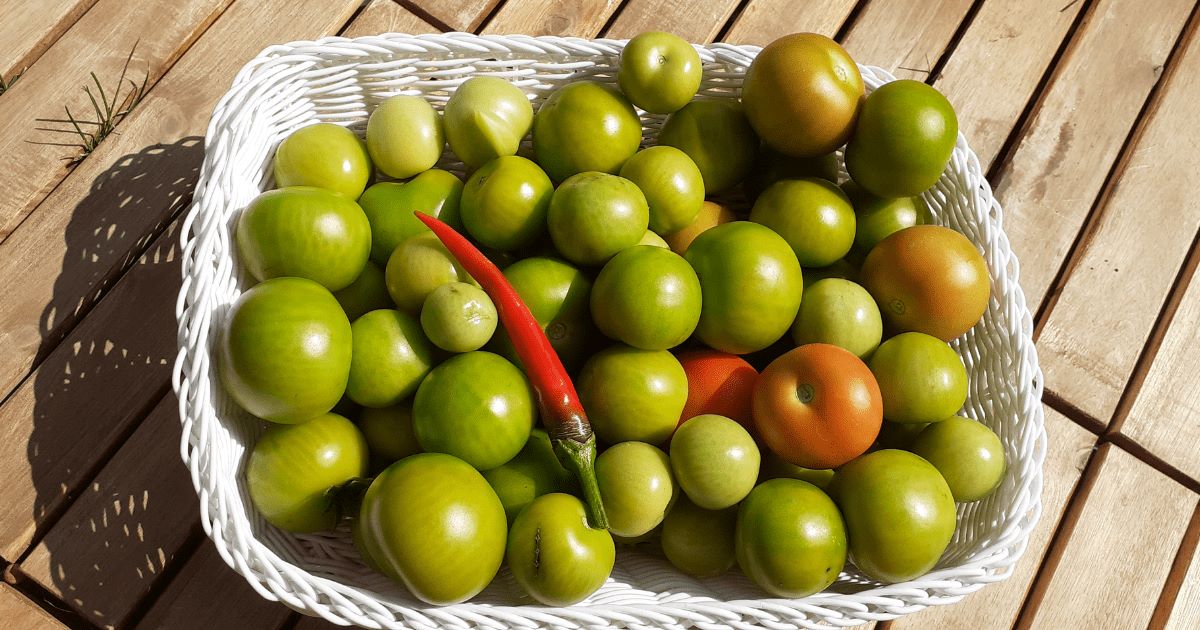
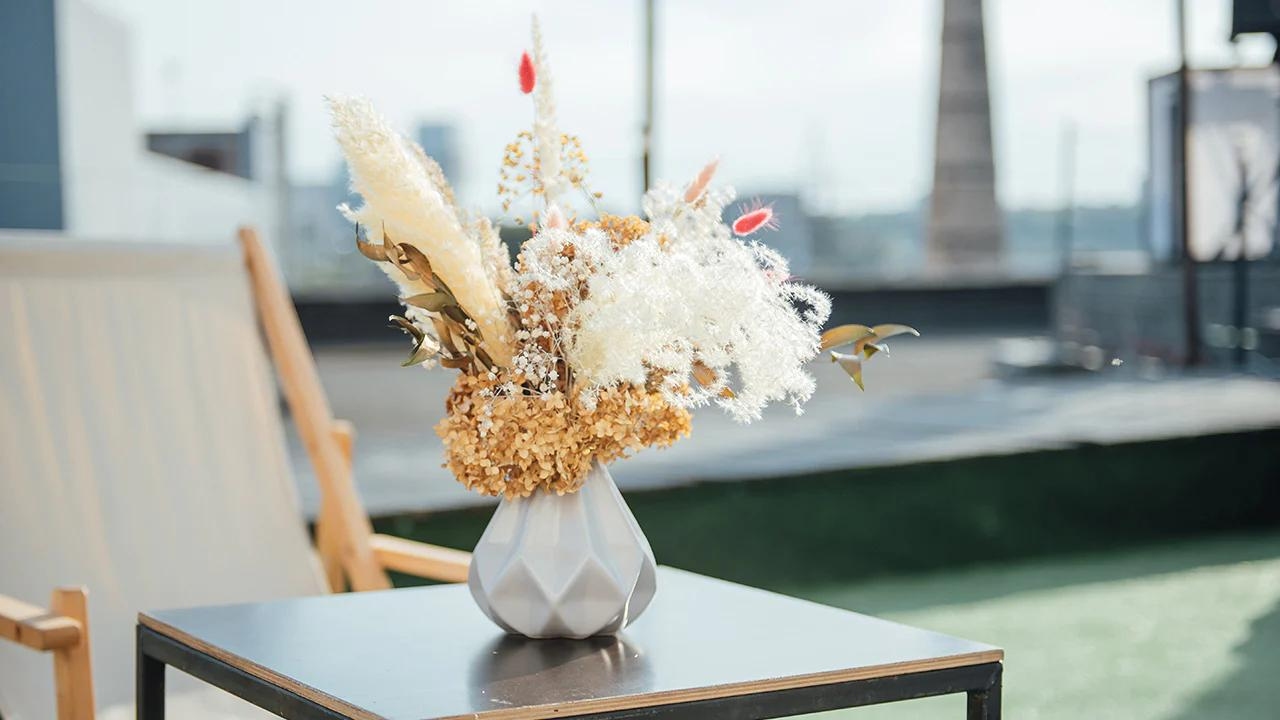
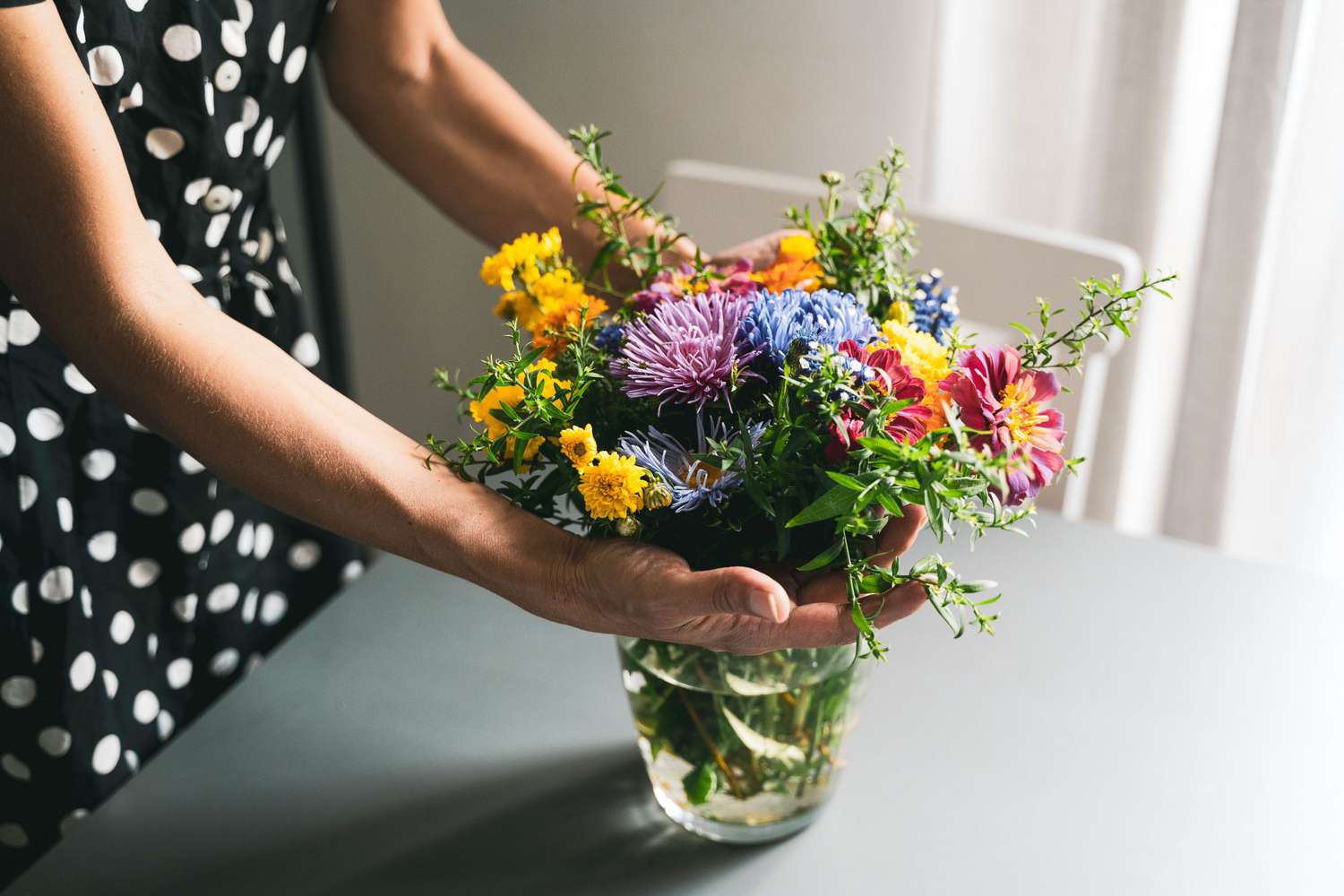


0 thoughts on “How To Store Dried Flowers For Later Use”